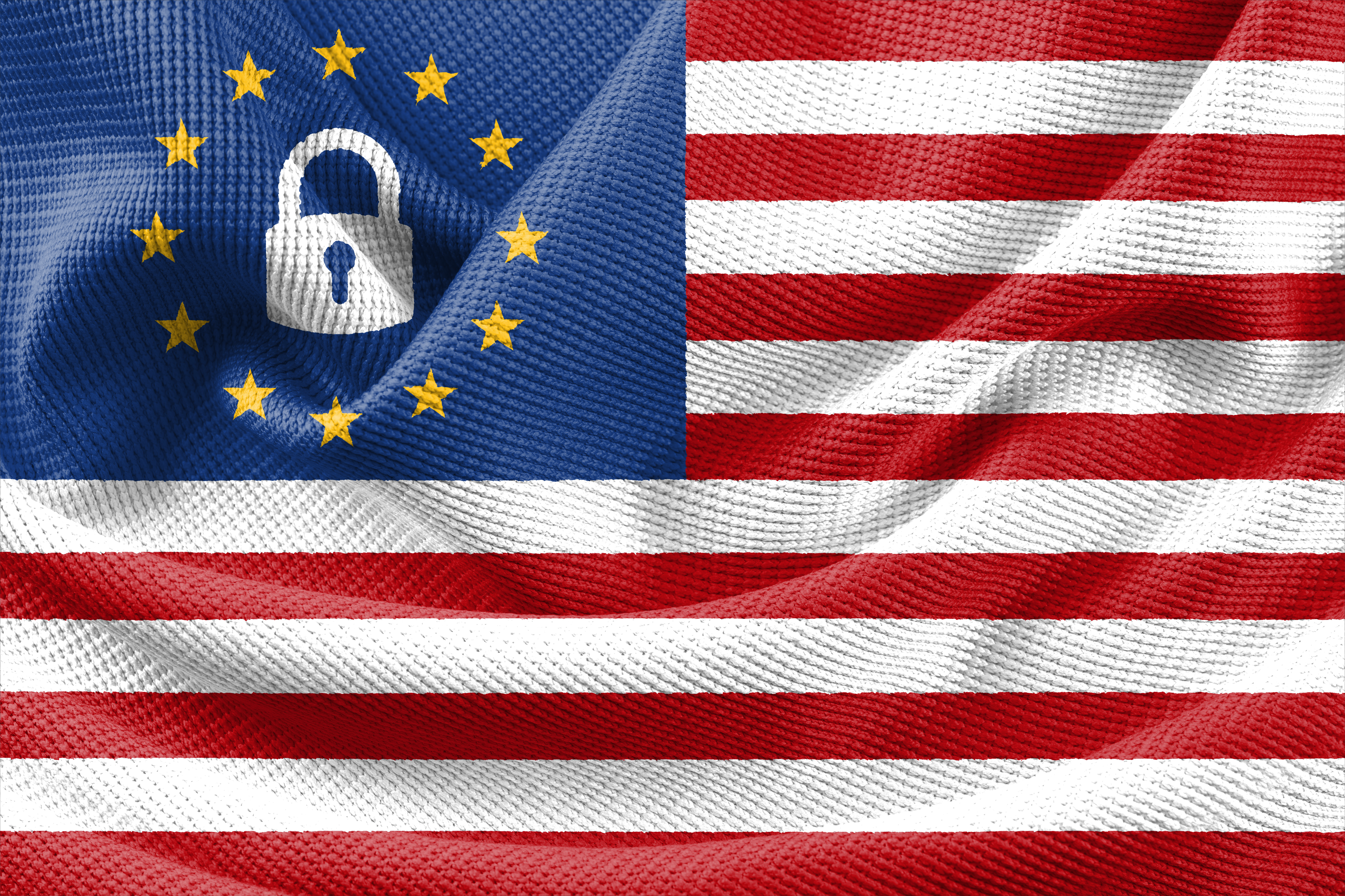On May 22, 2024, the California Air Resources Board (CARB) unveiled a high-level framework for what is known as “TRU Part 2” to eliminate carbon emissions created by refrigerated equipment utilized in the transportation of freight.
If enacted, TRU Part 2 may have a very substantial financial and operational impact on transportation providers and users of refrigerated and temperature-controlled freight transportation in California and beyond.
TRU Part 2 regulates what CARB defines as “Non-truck transportation refrigeration units,” a.k.a. “Non-truck TRUs.” Refrigerated trailers, refrigerated intermodal domestic shipping containers, refrigerated rail cars, TRU generator sets and power packs are all considered by CARB as Non-truck TRUs. TRU Part 2 is anticipated to have a more profound impact on the overall transportation and logistics of refrigerated or temperature-controlled transportation than “TRU Part 1,” which regulated “Truck TRUs,” such as refrigerated straight trucks and cargo vans.
The TRU Part 2 framework consists of two proposals. The first proposal will require fleets to turn over a certain percentage of a fleet’s Non-truck TRUs. Although fleets are not currently defined in the current proposal, CARB has historically defined “fleets” in the context of its regulations as groups of owned, leased or rented vehicles operated by a business that is under common ownership or control. Typically, CARB regulations apply to fleets that conduct business in or travel within California. The current proposed turnover of a fleet’s Non-truck TRUs would start in 2028 and aggressively turn over 100% of a fleet’s Non-truck TRUs into zero-emission Non-truck TRUs by 2035. Under the current proposal, TRU Part 2 would require that a fleet replace 5% of its non-zero emissions Non-truck TRUs with zero emission Non-truck TRUs each year for 2028 and 2029. The turnover requirement would then increase to 10% for 2030 and 2031, 15% for 2032 and 2033, and 20% for 2034 and 2035, respectively.
Under the second TRU Part 2 proposal, CARB will require that newly manufactured zero-emission Non-truck TRUs use either (i) a refrigerant with a global warming potential measurement rating of less than five or (ii) no refrigerant. Therefore, CARB is aiming not only for the emissions created by powering the Non-truck TRU itself but also for the emissions generated by creating and/or utilizing a refrigeration system component that cools the Non-truck TRU. This second TRU Part 2 proposal is currently scheduled to commence in 2032.
Of note, at the May 22, 2024, meeting, CARB identified a third area that it may seek to regulate under TRU Part 2: infrastructure. CARB is currently seeking public comment on the infrastructure requirements necessary to power the non-Truck TRUs. Similar to Zero Electric Vehicles (ZEVs), there is concern from CARB about how quickly proper infrastructure can be implemented to ensure that the batteries or other zero-emission fuel systems for the Non-truck TRUs can be repowered efficiently and effectively. CARB is contemplating whether to be involved in setting standards or requirements for areas where Non-truck TRUs will operate to ensure such infrastructure is readily and sufficiently available to repower them. CARB identified refrigerated warehouses and distribution centers, grocery stores, seaports and intermodal railyards as potential areas where CARB may seek to impose such standards or requirements.
Benesch’s Transportation & Logistics’ Sustainable Transportation Regulatory Environmental Emissions Team (the “STREET”) is available to assist with developing compliant operations that satisfy any of CARB’s requirements within the transportation and logistics industry and beyond.
Brian Cullen is Of Counsel in the firm’s Transportation & Logistics Practice Group. He can be reached at 312.488.3297 or bcullen@beneschlaw.com.
